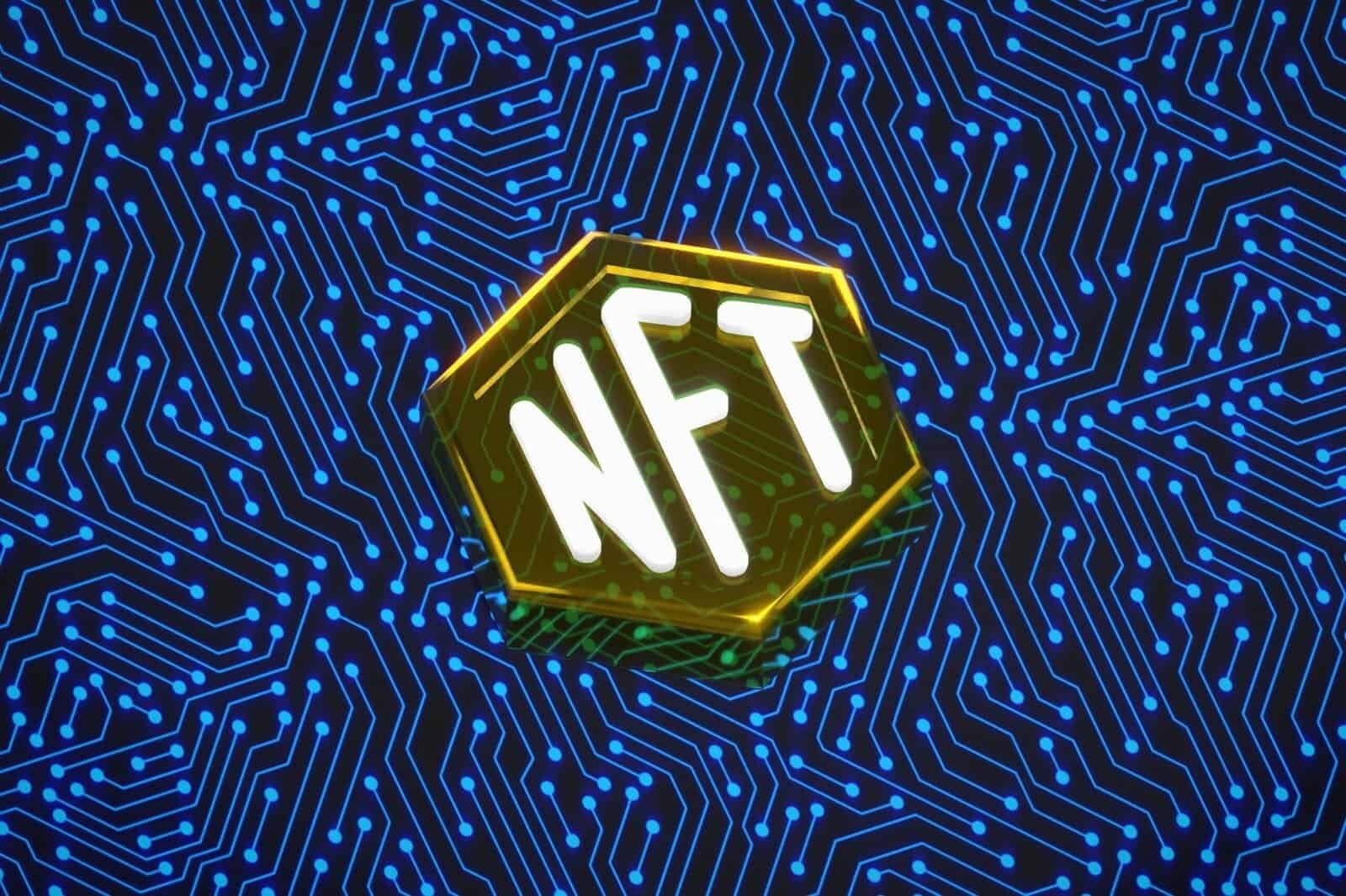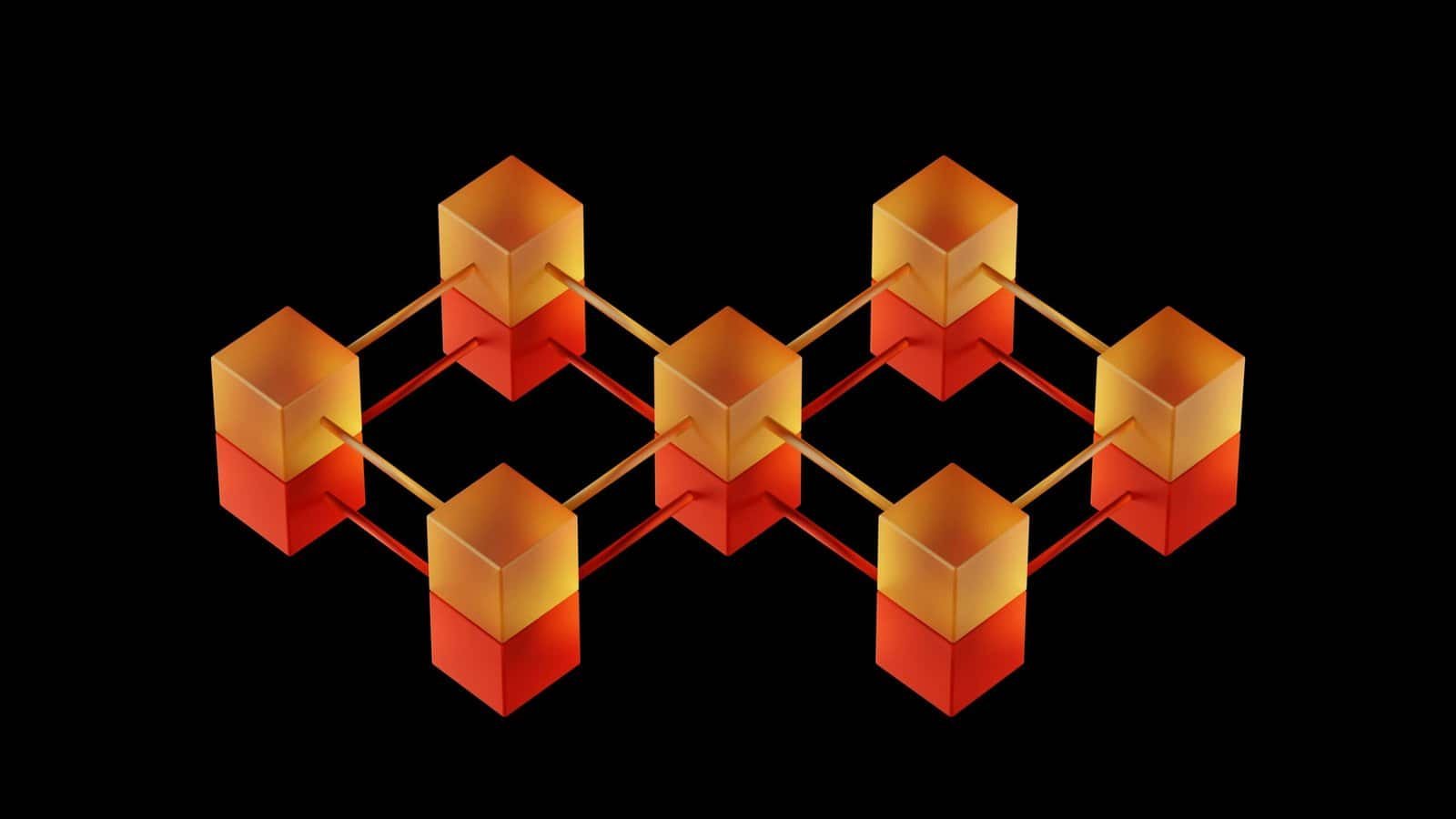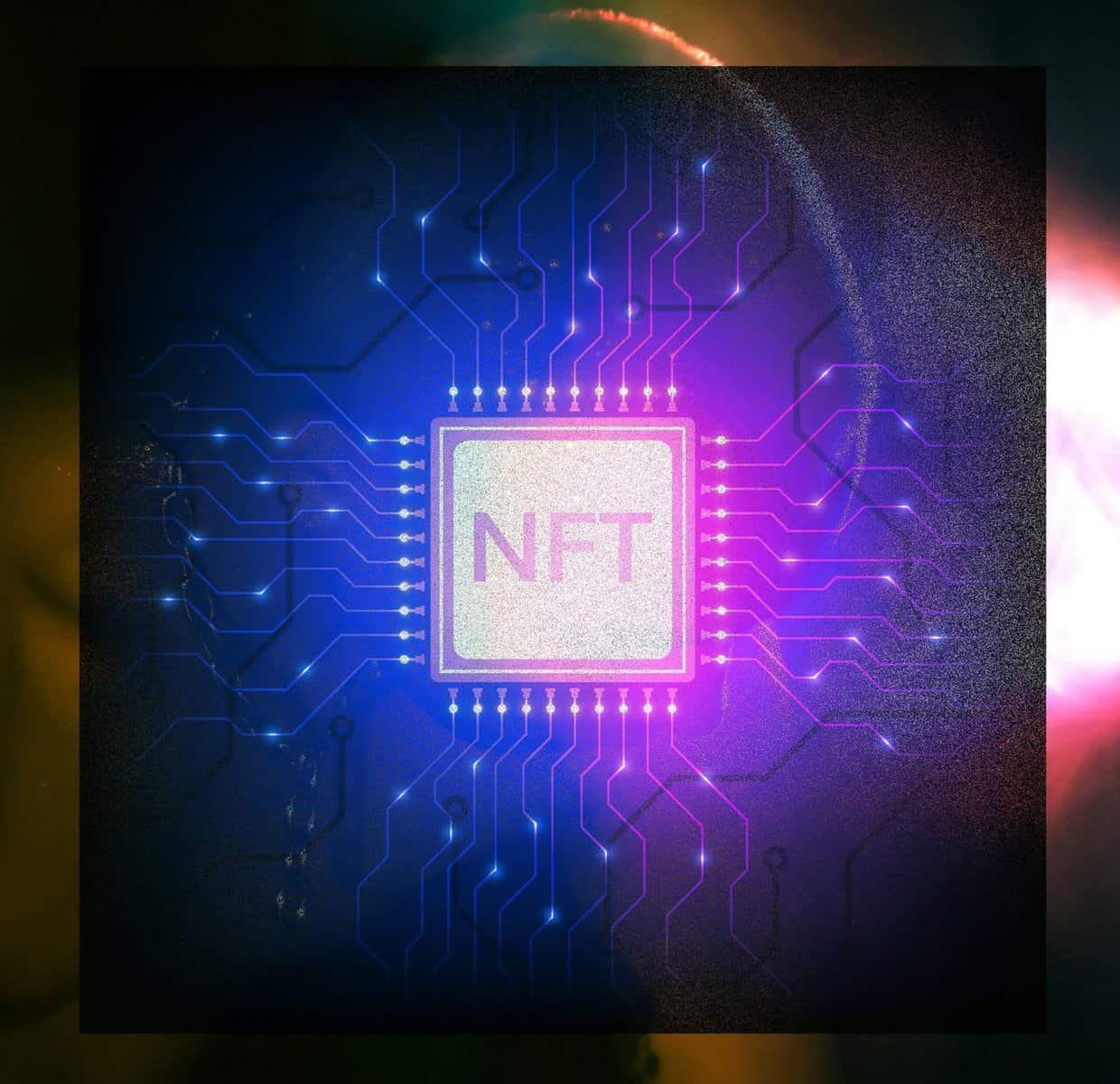? Are you ready to understand how DigitalEyes is positioning itself to grow beyond Solana and reach users across multiple blockchains?
DigitalEyes Market – A Solana-based NFT Marketplace Pursuing Multi-chain Expansion.
You’re about to get a detailed, friendly walkthrough of what DigitalEyes is, why multi-chain growth matters, and what technical, economic, and user-experience steps are involved when a Solana-native NFT marketplace expands across chains. The aim is to make complex topics actionable and clear so you can decide how to interact with the marketplace as a creator, collector, or developer.
What is DigitalEyes?
DigitalEyes is a marketplace originally built on Solana for minting, listing, buying, and selling NFTs. It gave creators and collectors a place to transact NFTs with low fees and fast confirmation times, benefiting from Solana’s throughput and cost advantages.
You’ll find that DigitalEyes established itself among the earliest Solana NFT platforms and attracted a broad creative community. As the NFT ecosystem matured, the marketplace began to consider growth strategies that include connecting to other blockchain networks.
Origins and position in the Solana ecosystem
DigitalEyes launched as one of the first marketplaces focused on Solana-native NFT collections. It competed for volume, community, and curation against other Solana marketplaces.
If you participate in Solana NFTs, you’ll recognize how early marketplaces shaped collections’ discovery and the importance of trust, UI, and community tools when onboarding users.
Core services and features
DigitalEyes focuses on the basic lifecycle of NFTs: minting, primary sales, secondary trading, and collection discovery. It also offers creator royalties, collection pages, and search features to help you find NFTs.
You’ll benefit from marketplace tooling that streamlines minting, metadata uploads, and payments denominated in SOL or other accepted tokens.
Why Solana? Benefits that shaped DigitalEyes
Solana’s speed and low transaction costs were the initial draw for marketplaces like DigitalEyes. You’ll notice faster confirmations and much lower fees compared with earlier Ethereum-era options, which made microtransactions and frequent trades more viable.
The network tradeoffs were different: Solana emphasized throughput and UX but carries its own technical and decentralization considerations. When assessing any marketplace, you’ll weigh performance against ecosystem compatibility.
Transaction costs and UX
Because Solana transaction fees are tiny relative to many other chains, you’ll be able to mint and trade inexpensive NFTs without high overhead, which encourages experimentation.
That improved user experience made it easier for creators to price smaller editions and for collectors to browse and purchase freely.
Throughput and scalability
Solana’s architecture supports high TPS (transactions per second), which helps marketplaces handle spikes in demand—drops, mints, or popular secondary-market sales—without the congestion that can raise fees on other chains.
You’ll benefit when raffles, timed mints, or popular events occur because the underlying chain can absorb higher activity.

How the DigitalEyes marketplace works (basic mechanics)
Understanding the core mechanics helps you use the marketplace effectively—whether you’re minting NFTs, setting royalties, or bidding on secondary listings.
You’ll interact through a Web3 wallet, sign transactions to confirm actions, and rely on on-chain metadata standards to associate assets with creators and metadata URIs.
Wallets and authentication
You’ll normally connect with Solana-compatible wallets (Phantom, Solflare, Glow, or others). The marketplace uses your wallet to authenticate actions; signing transactions confirms mints, listings, and purchases.
Make sure your wallet is secure and you’re interacting with the genuine site address to avoid phishing and imposters.
Minting process
When you mint, the platform registers a new token with metadata (title, description, image URI, attributes) and associates it with your address. The minting smart contract or program creates an SPL token with the right metadata schema.
You’ll pay a small mint fee in SOL and receive the NFT in your wallet once the transaction confirms.
Listing, bidding, and sales
You can list NFTs for fixed-price sales or auctions. Fixed-price sales let buyers accept the ask immediately, while auctions allow you to set reserve and timed bidding rules.
You’ll see transaction fees and marketplace fees on the listing page; royalties will be applied automatically on-chain if supported by the marketplace’s smart contracts and other marketplaces that recognize those royalty standards.
Fees, royalties, and revenue model
Knowing fee structure helps you price and buy NFTs. DigitalEyes earns revenue through marketplace fees, while creators typically earn royalties on secondary sales.
You’ll want to understand how these fees compare across markets before deciding where to list.
Typical fee components
- Network transaction fees (paid in SOL)
- Marketplace service fee (percentage of sale)
- Creator royalties (percentage of sale)
- Optional gas or bridging fees when moving assets cross-chain
You’ll notice that marketplace fee percentages vary, and royalties are a separate concern that may or may not be enforced cross-chain.
Fee comparison table (example)
| Marketplace | Primary Fee (typical) | Secondary Fee (marketplace) | Royalty enforcement (native) |
|---|---|---|---|
| DigitalEyes (Solana) | Low network fee + small service fee | 2–5% typical (subject to change) | On-chain royalty metadata (enforced within Solana ecosystem) |
| Magic Eden (Solana) | Similar low fee + service | 2.5–5% typical | On-chain royalty standard on Solana |
| OpenSea (Ethereum + other chains) | Gas + service fees vary | 2.5% typical on Ethereum | Royalties recognized but enforcement varies across chains |
Note: Percentages and specifics change over time. You should confirm current fee rates on official marketplace pages before transacting.

Why pursue multi-chain expansion?
Moving beyond Solana opens new liquidity pools, collectors, and creators from multiple ecosystems. Multi-chain expansion aims to make NFTs accessible to broader audiences and reduce reliance on a single chain’s limitations.
You’ll face tradeoffs: expanded reach versus increased complexity.
Benefits for creators and collectors
If you’re a creator, multi-chain support can increase exposure and secondary market activity. If you’re a collector, access to multiple chains reduces friction in acquiring diverse assets without switching platforms.
You’ll also benefit from cross-chain promotions and partnerships that bring new audiences to your collections.
Market opportunity and competition
Many marketplaces are pursuing multi-chain approaches to capture users native to Ethereum, Polygon, Avalanche, and other chains. If DigitalEyes connects well, you’ll see more listings and potentially higher trading volume.
You’ll need interoperability that respects metadata, royalties, and provenance across different architectures.
Technical approaches to multi-chain NFTs
There are multiple ways to make NFTs available across chains. Each method affects how you manage ownership, authenticity, and transferability.
You’ll want to understand how bridges, wrapped tokens, and cross-chain messaging work before moving assets.
Canonical vs wrapped NFTs
- Canonical NFT: The original token resides on its native chain (e.g., Solana). Any cross-chain representation refers back to this original.
- Wrapped NFT: A representation of the original asset is minted on the destination chain. The original may be held in lock contract or left minted while a wrapped token is issued.
You’ll need to evaluate whether provenance remains obvious and whether the wrapped mechanism preserves metadata and royalties.
Bridges and cross-chain messaging
Key tools to connect chains include bridges (to transfer tokens or lock assets) and messaging protocols (to signal events across chains). Examples of bridge protocols you should know:
| Protocol | Use case | Security model | Typical role for NFTs |
|---|---|---|---|
| Wormhole | Cross-chain messaging and asset wrapping between Solana and EVM chains | Relayer-based with guardians (has faced security incidents; auditing and redundancy matter) | Wrap Solana NFTs on EVM chains or vice versa |
| LayerZero | Omnichain messaging for messages between chains | Uses decentralized oracles and relayers with proof-of-message | Coordinate cross-chain mint/burn events |
| Axelar | Interoperability network connecting multiple chains | Decentralized validators and gateway nodes | Cross-chain transfers and calls, useful for marketplace coordination |
You’ll want to research the security history and design assumptions of each solution before relying on it for valuable assets.
Metadata hosting and persistence
Metadata and media are typically hosted on decentralized storage to guarantee long-term accessibility. You’ll see systems like:
- Arweave: Permanent storage with a one-time fee
- IPFS + pinning services: Decentralized but may require active pinning
- Traditional centralized hosting: Faster but riskier for permanence
You’ll want your NFT’s metadata URI hosted on a robust, permanent service so provenance isn’t lost when assets move chains.

Challenges when expanding to other chains
Cross-chain functionality sounds attractive, but there are numerous engineering and policy challenges that affect how you, as a user, will experience the marketplace.
You’ll need to be aware of technical, economic, and social-friction points when moving assets or accepting cross-chain listings.
Royalty enforcement across chains
On Solana, royalties are often encoded in metadata and enforced by marketplaces that recognize the standard. On other chains, royalty enforcement can be inconsistent because smart contracts and marketplaces might not honor off-chain metadata or cross-chain royalty signals.
You’ll sometimes find that royalties are not enforceable on a destination chain unless the marketplace implements enforcement logic for wrapped or bridged tokens.
Differences in token standards and metadata schemas
Ethereum uses ERC-721 and ERC-1155 standards, while Solana uses Metaplex metadata for SPL tokens. Mapping these standards requires careful contract design so that metadata fields, creators, and attributes are preserved.
You’ll be cautious about attribute loss or misattributed provenance when assets are wrapped.
Gas and UX friction
When you move NFTs across chains, you’ll often pay transaction fees on both chains at different stages. On EVM chains, gas spikes can be significant. Even if you’re leaving assets on a low-fee chain, bridging costs may reduce cost-efficiency.
You’ll appreciate unified UX that abstracts some of this complexity, but you still need to confirm fees before executing cross-chain transfers.
Security and custody risks
Bridges and wrapped assets introduce custodial or semi-custodial trust assumptions. If a bridge’s locking contract is compromised, wrapped assets may be at risk.
You’ll want bridge proofs, verified audits, and a clear recovery mechanism before entrusting high-value assets.
How DigitalEyes could implement cross-chain expansion (practical steps)
If DigitalEyes expands multi-chain, here are the typical technical and product steps you’ll see implemented to keep your experience smooth and secure.
1) Design a canonical asset model
Choose whether Solana remains the canonical chain for certain collections or if new mints will be chain-agnostic. You’ll need a model that clearly indicates which token is the source of truth for provenance.
If you hold assets across chains, you’ll prefer a canonical model that preserves creator credits and metadata.
2) Integrate secure bridges and messaging
Integrate vetted bridge protocols (Wormhole, LayerZero, Axelar, or custom solutions) with clear support for NFT-specific flows. You’ll see processes for locking/burning and minting wrapped representations.
You’ll also expect on-chain event verification to avoid double-spend or replay attacks.
3) Maintain metadata continuity
Map Metaplex metadata to ERC-721/1155 metadata when bridging to EVM chains. Ensure media URIs are permanent and accessible.
You’ll want to confirm that attributes, creator lists, and royalties map correctly so provenance remains intact.
4) Enforce or signal royalties
Implement marketplace-level enforcement mechanisms on destination chains, and use clear royalty metadata and smart contract schemas that marketplaces can honor.
You’ll check whether secondary markets recognize and preserve royalties and whether sellers are incentivized to respect them.
5) Improve UI/UX for multi-chain flows
Provide clear prompts about what changes when assets move chains, show estimated fees, and display canonical provenance markers.
You’ll appreciate UI that walks you through bridging steps, indicates custody shifts, and clarifies reversibility.
6) Community and developer tooling
Offer SDKs, APIs, and documentation so you can integrate listings, verify provenance, and build tools around bridged assets.
You’ll likely use developer tools to create cross-chain minting experiences or to integrate marketplace listings into other apps.

Bridge comparison and notes (table)
Below is a compact comparison to help you weigh options when you’re evaluating cross-chain routing.
| Bridge/Protocol | Chains supported | Strengths | Risks/Drawbacks |
|---|---|---|---|
| Wormhole | Solana ↔ multiple EVMs, Terra (legacy) | Strong Solana focus; common Solana-EVM bridge | Has been exploited historically; requires careful risk assessment |
| LayerZero (through Stargate) | Many EVMs and other chains | Lightweight messaging; strong for message passing | Complexity around oracle/relayer trust model |
| Axelar | Multi-chain connectivity | Gateway model intended for many chains | Relies on Axelar validators/gateways for security |
| Custom custodial bridge | Any chains you connect | Full control over UX | Centralized custody risk; requires high-trust security posture |
You’ll consider the bridge’s security track record, audit status, and community trust before using it for high-value NFTs.
Governance, tokenomics, and incentives
If DigitalEyes moves multi-chain, you’ll want to know how incentives will align across ecosystems. Will there be a governance token? How are fees and incentives split?
You’ll find several models marketplaces use to promote growth and community involvement.
Governance token options
If a governance token exists or is proposed, token holders might vote on fee adjustments, cross-chain strategy, or partnership decisions. You’ll be interested in token distribution, vesting schedules, and governance safeguards.
Tokens can incentivize liquidity, curation, or developer grants; you’ll assess whether the token model aligns with long-term marketplace health.
Liquidity incentives and rewards
To attract users on a new chain, marketplace teams often offer liquidity incentives, trading fee discounts, or rewards for early creators and collectors.
You’ll want to check the sustainability of such programs and whether they are one-time promotions or part of a longer strategy.
Economic model and fee allocation
Determine how fees are split between platform revenue, creator royalties, and any treasury or token holders. You’ll prefer transparency about fee breakdowns and how funds support growth, security, or community rewards.

UX considerations: what you’ll encounter as a user
Your experience matters most. Expanding across chains introduces new steps, and good design will reduce friction.
You’ll likely see multi-wallet connection flows, cross-chain status indicators, and clearer fee disclosures.
Multi-wallet support and chain switching
You’ll need wallets for each chain you interact with. UX should clearly indicate when you’re switching networks and when a transaction will occur on a non-native chain.
Look for auto-detection features and easy connection options that minimize mistakes.
Transaction visibility and confirmations
Cross-chain actions often require multiple on-chain confirmations across different networks. The marketplace should show progress bars and expected wait times.
You’ll appreciate clear messaging about when assets are locked, when wrapped tokens are minted, and how long the process may take.
Error handling and dispute processes
When transfers fail or bridge incidents occur, your recourse matters. Marketplaces should provide clear support channels and documented recovery policies.
You’ll want transparent communication and a plan for asset recovery if a bridge contract is compromised.
Security best practices for creators and collectors
Security matters more when assets move across chains. You’ll need to follow best practices to keep your collections and purchases safe.
Verify contract addresses and marketplace URLs
Always confirm contract addresses and marketplace URLs from official sources. Phishing sites will impersonate marketplaces to trick you into signing transactions.
You’ll use browser security tools and verify announcements via verified social channels.
Use hardware wallets for high-value assets
If you hold high-value NFTs, consider using a hardware wallet to sign transactions. This reduces exposure to browser-based compromises.
You’ll protect your seed phrase and avoid connecting unknown dApps to hardware wallets without careful checks.
Audit and risk awareness for bridges
Only use bridges with audited code and established reputations for meaningful sums. Understand the risk model—custodial vs. decentralized validators—and the incident history.
You’ll choose bridges and marketplaces with responsible disclosure policies and insurance/backstop arrangements when possible.
Creator guidelines for cross-chain minting
If you’re a creator planning multi-chain releases, these pointers will help you preserve brand and provenance.
Choose robust metadata and storage
Host your metadata and media on Arweave or well-pinned IPFS to ensure permanence. You’ll avoid centralized hosting that can break when assets move chains.
Include creator fields, multiple image resolutions, and human-readable provenance notes.
Prepare your contract mapping
Design your minting and bridging contracts to include creator signatures and immutable provenance references. You’ll ensure wrapped copies faithfully reference the canonical token ID and metadata.
Document the canonical chain for collectors to verify authenticity.
Communicate minting and royalty policies clearly
Tell buyers which chain is canonical, how royalties work cross-chain, and what happens if bridging is disabled. Clear communication reduces misunderstandings and helps collectors evaluate risk.
You’ll build trust by being upfront about mechanics and by publishing verified contract addresses.
Collector guide: buying and holding cross-chain NFTs
If you collect across chains, these practical tips will reduce friction and risk.
Check canonical provenance before buying wrapped assets
Determine whether the asset is canonical or wrapped. You’ll want to know which token the community recognizes as the original.
Check collection documentation, contract mappings, and authoritative announcements.
Plan for gas and bridging costs
When you buy or move assets, add potential bridging and gas costs to your budget. You’ll factor these into bids and offers, especially when transferring assets between low-fee and high-fee chains.
Keep track of multiple wallets and chain-specific inventories
Use portfolio trackers that support cross-chain NFTs or maintain a simple record of contract addresses and token IDs. You’ll stay organized and reduce the chance of accidental transfers.
Legal and regulatory considerations
Multi-chain expansion raises compliance, tax, and IP questions you should be aware of.
Intellectual property and licensing
Creators should attach clear licensing information to metadata. As a collector, you’ll want to know your permitted uses of the media (display, commercial use, derivatives).
Well-defined licenses reduce disputes when assets gain value or visibility.
Tax implications
Cross-chain trades can generate taxable events in many jurisdictions. You’ll track acquisitions, sales, and bridging events where tax authorities may interpret transfers as disposals or purchases.
Consult a tax professional familiar with crypto in your jurisdiction.
Consumer protection and fraud
Marketplaces expanding multi-chain should implement anti-fraud measures, identity verification where required, and clear dispute resolution processes.
You’ll want the ability to report suspicious activity and to appeal listings that impersonate creators.
Comparison to other marketplaces
Seeing how DigitalEyes might fit relative to others helps you pick the right place to list, sell, or buy.
Marketplace feature comparison (simplified)
| Feature | DigitalEyes (Solana) | Magic Eden (Solana) | OpenSea (Multi-chain) |
|---|---|---|---|
| Native chain focus | Solana | Solana | Ethereum + Polygon + others |
| Cross-chain support | Potential/planned | Some integrations | Multi-chain by design |
| Typical fees | Low network + service | Low network + service | Higher gas on Ethereum |
| Creator tooling | Metadata + minting | Strong minting UX | Broad developer APIs |
| Royalty enforcement | Inside Solana ecosystem | Inside Solana ecosystem | Varies across chains |
You’ll use this table as a starting point; confirm current feature sets on official sites.
Roadmap and future directions you should watch
If DigitalEyes pursues multi-chain expansion, watch for these key roadmap signals that will affect your engagement.
Strategic partnerships
Look for partnerships with bridge providers, other marketplaces, or major collections that make multi-chain flows credible.
You’ll want to trust partners with good security records.
SDKs and developer tools
Robust SDKs signal a marketplace is serious about supporting developers building cross-chain applications. You’ll use these tools to integrate marketplace listings into wallets, galleries, or dApps.
Legal and treasury safeguards
Clear policies for bridge failures, bug bounties, and insurance/backstop funds indicate long-term responsibility. You’ll value transparency around contingency plans.
FAQs (for quick reference)
Q: Can I move a Solana NFT to Ethereum? A: Yes—through bridges that create wrapped representations. You’ll need to follow a process that may lock the original on Solana and mint a wrapped token on Ethereum; check the bridge’s mechanics and fees.
Q: Will royalties be enforced after bridging? A: Not always. You’ll need marketplaces on the destination chain to honor royalty metadata or implement enforcement in smart contracts.
Q: How long do cross-chain transfers take? A: Times vary by bridge and network congestion. You’ll often see additional confirmations required on both chains, so expect minutes to tens of minutes for a full transfer (or longer during incidents).
Q: Is bridging safe? A: Bridges have improved, but they still present risk. You’ll weigh audit status, past incidents, and whether the bridge holds assets in custody.
Practical checklist before you transact cross-chain
- Verify official marketplace announcements and contract addresses.
- Confirm bridge audit status and security history.
- Estimate total fees (both chains + bridge costs).
- Confirm canonical chain and provenance.
- Use hardware wallets for high-value transfers.
- Save receipts and transaction IDs for record-keeping and taxes.
You’ll feel much safer executing transactions when you follow this checklist.
Final thoughts
DigitalEyes expanding beyond Solana could broaden opportunities for creators and collectors by unlocking new audiences and liquidity. You’ll benefit from low-cost Solana UX while gaining access to other ecosystems if DigitalEyes implements secure bridging, strong metadata mapping, and transparent governance.
Growth across chains introduces complexity and risk, so you’ll want clear communication from the marketplace, reliable technical partners, and strong community safeguards. Keep tracking official updates, use best practices for security, and align any actions with your risk tolerance and investment goals.
If you keep these technical, economic, and UX considerations in mind, you’ll be better equipped to use DigitalEyes as it pursues multi-chain expansion and to decide how to engage as a creator, collector, or developer.
